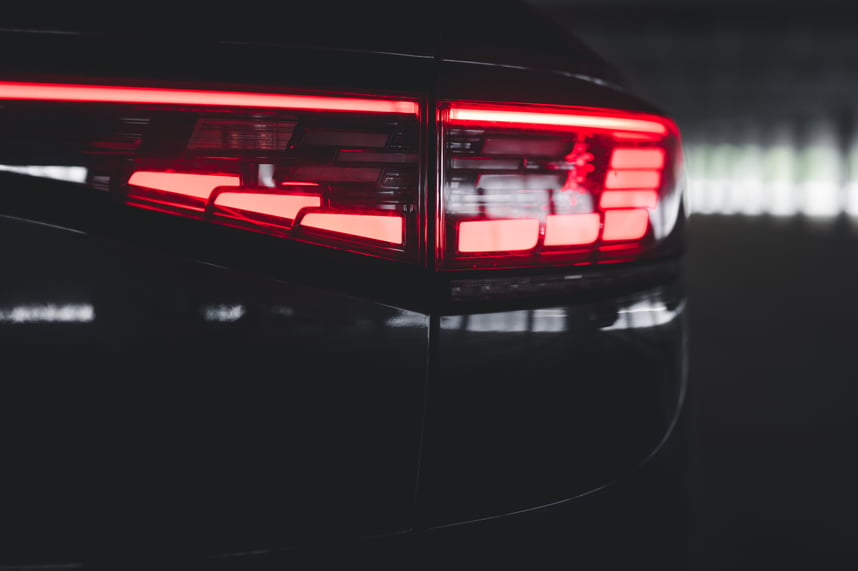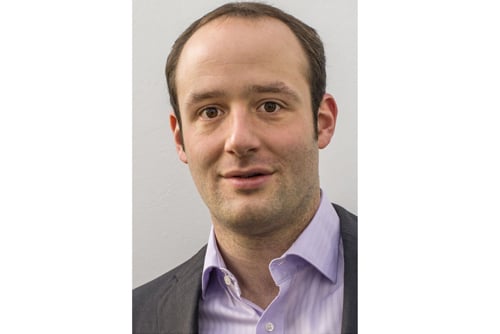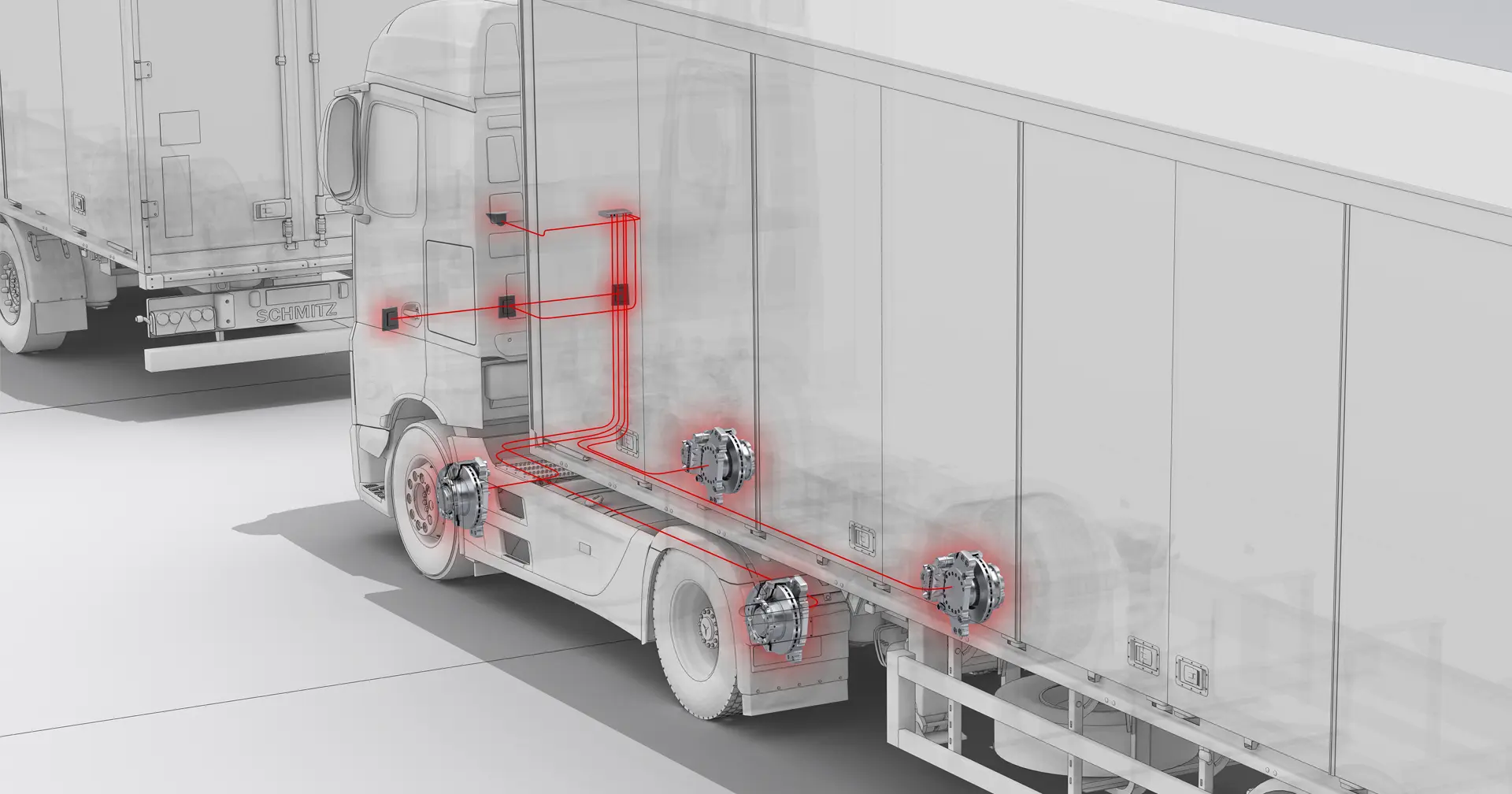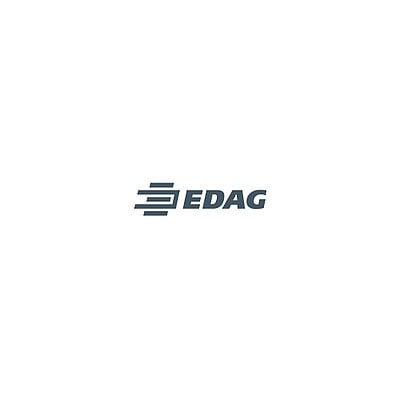Car lights – long underestimated – are developing into key players for the future of automobility. What might initially sound a bit far-fetched becomes clear as soon as it comes to communication between pedestrians and autonomous vehicles: "Has the self-driving car noticed me, and can I cross the road?" – this is the point at which lights become key communication technology. But in the interior, too, stylish and functional lighting is playing an increasingly important role.
If until ten years ago, the thinking behind vehicle lights was only to illuminate the road ahead as clearly as possible and ensure that the rear lights and indicators were clearly visible, the subject of lights has now changed enormously. Headlights and the other lights are now design elements that give the vehicle a face. Their effect can be either sweet or aggressive. Thanks to LED technology, technology lays down very few requirements for design.
With matrix light fields from LEDs, the area ahead of the vehicle can be broadly illuminated and specific areas excluded, so as to avoid dazzling others - people in other vehicles, cyclists or pedestrians. Here, too, developments are progressing rapidly. After the 6x6 matrix array, HD light, with its much finer resolution, is currently state of the art technology.
HD light – as precise as a projector
This high resolution permits a "projector function". The lights of such vehicles could project diagrams, animated arrows or symbols onto the asphalt, to indicate to a pedestrian that he or she has been detected. This has already been implemented in the coming home and leaving home functions in luxury cars. Another means of communicating with pedestrians or cyclists would be specific light signals (in different colours). This is urgently required, because in an autonomous car there is no longer a driver with whom eye contact can be made, or who might nod or give a hand signal to a pedestrian.
This video gives a detailed insight into the working methods of our light development laboratory in Wolfsburg.
The legal conditions and approvals for this form of communication have not yet been set, but for OEMs and engineering partners like EDAG, the time is now ripe for carrying out research and development in this direction, and working out realistic solutions – also to include these in the legislative procedure.
This future vision aside, something else that plays an important role in the development of the exterior lights is finding a balance between function, design and legal regulations for all target markets worldwide. During development, a partner who is conversant with all legal conditions can provide vital information as to what properties are important to ensure that vehicles can be supplied to additional markets without the need for expensive modifications. Therefore, not only do we support customers with the planning and engineering of lighting systems, but we can also, in the capacity of a responsible partner, take on the complete development with design, simulation und validation of all specifications.

Not only do lighting components in modern vehicles have a brightness function, they are also design elements that give the vehicle its "face". However they, too, must adhere to compliance specifications in the target markets.
Ambience – interior lighting produces a well-being oasis
This also applies, of course, to the interior lighting. The advantages of LED light can be accentuated particularly well in the interior. Concealed lighting strips which adjust the light depending on the time of day and - not an everyday commodity - the fitness level of the driver, increase the safety of the passengers and driver. If the AI in the vehicle notices that the driver is tired, the car can increase the brightness and provide other advice urging the driver to take a break, or bring the vehicle to a controlled halt. After a near accident, adapted lighting effects can have a psychological influence on drivers, enabling them to calm down and pay proper attention to the traffic again more quickly.
Light signals or screens in the A-pillars that will draw attention to road users in blind spots also reduce the risk of accidents. Many OEMs and system suppliers are currently in a phase of intensive research and development in this field.
The following also applies to the future: once the passengers no longer need to concentrate on the road because the car drives autonomously, completely new application scenarios with corresponding lighting situations become feasible. Even now, the car could, by means of artificial intelligence, recognise what a passenger intends to do or is doing (using his smartphone, reading a newspaper or book, having a sleep) and adjust the light accordingly for that passenger.
All-round development assistance
Regardless of whether it is a question of preparing for future developments or advancing current developments, EDAG will, on request, provide its customers and partners with all-round support, from the first concept to the prototype production of lighting components.
This includes:
- Lighting development (including simulation)
- Validation of market-specific legal requirements
- Integration in the vehicle
- Measurement-based validation
- Prototype construction
- Evaluation of optical materials
- Advice on manufacturing
We provide these services not just for automotive engineering, but also for other sectors such as architecture, medicine, consumer electronics and future mobility. Here, too, we can either take on certain areas of development or accept responsibility for the entire development.
Through the input of experts from each of the fields concerned and decades of experience in the automotive sector, the EDAG lighting team is able to support the entire development process for a vehicle lighting device for both OEMs and system suppliers, and provide the appropriate services. Our accredited test centre (ATC) permits the complete validation of the light components developed.
Our services at a glance:- Design drafts and design validation
- Checking approval capability
- Light visualisation and light simulation
- Thermal design and thermal simulation
- Pedestrian protection function development
- Design prototyping and show car lights
- Headlight conversions
- Material testing
Get in touch
Are you looking for an experienced partner for the development of a lighting product? Then contact Martin Schaller, Project Leader and Lighting Expert at EDAG. Regardless of what field of application you are interested in, he will discuss your requirements and wishes with you and show you where EDAG can support you.Do you need more detailed information concerning what projects we can assist you with? Then download our PDF “Light Regulation Extract EU, USA, China”, which is available free of charge following registration.






